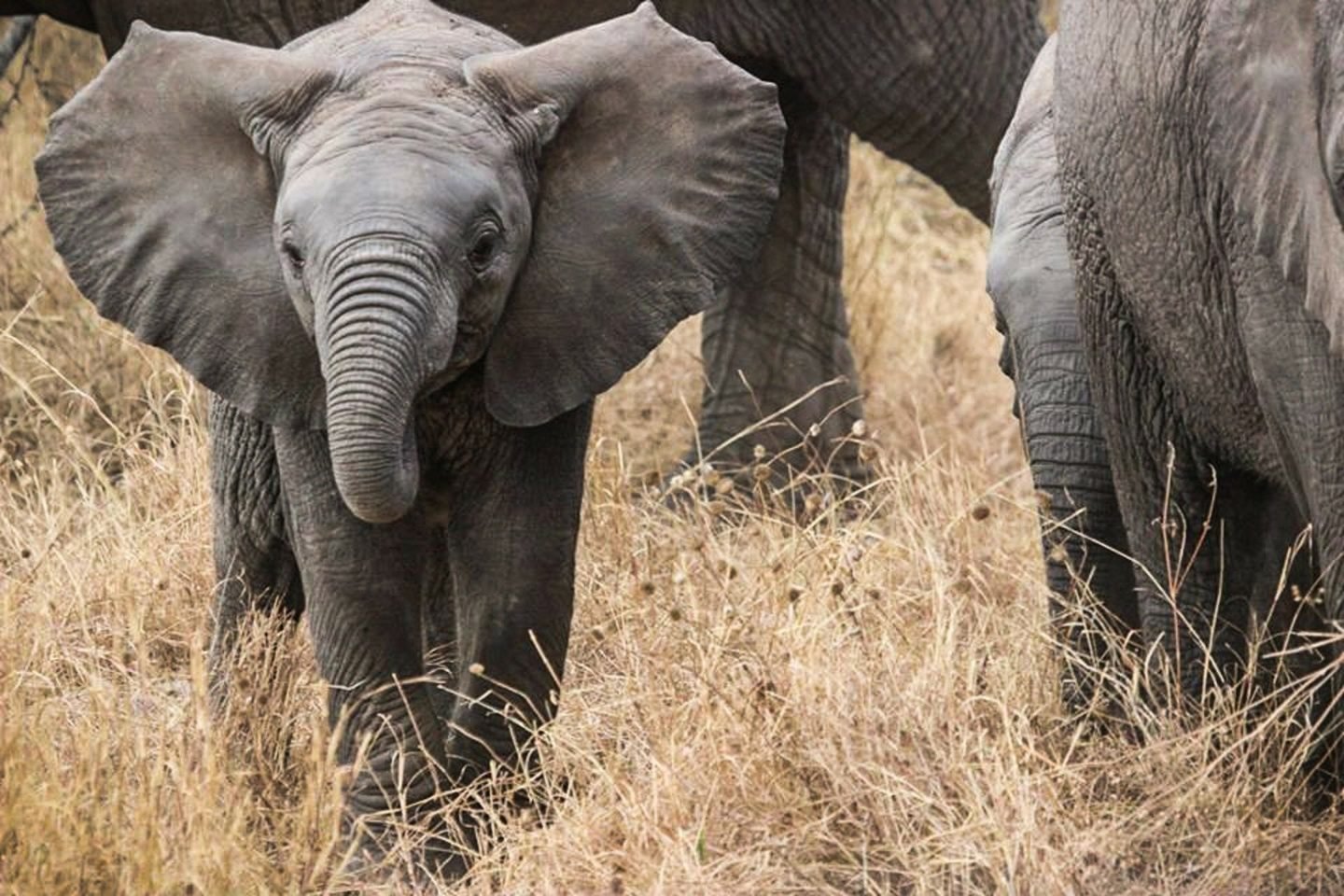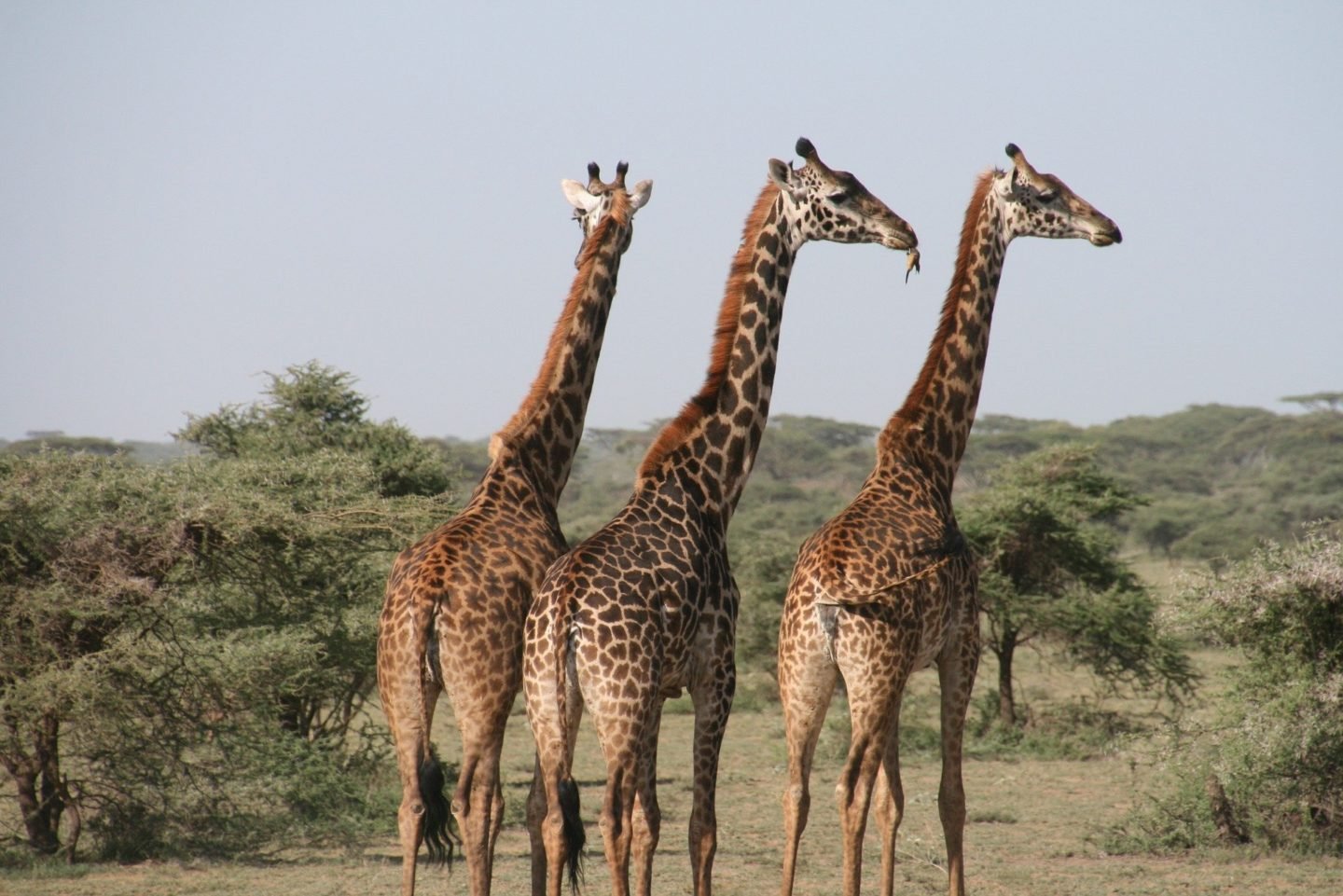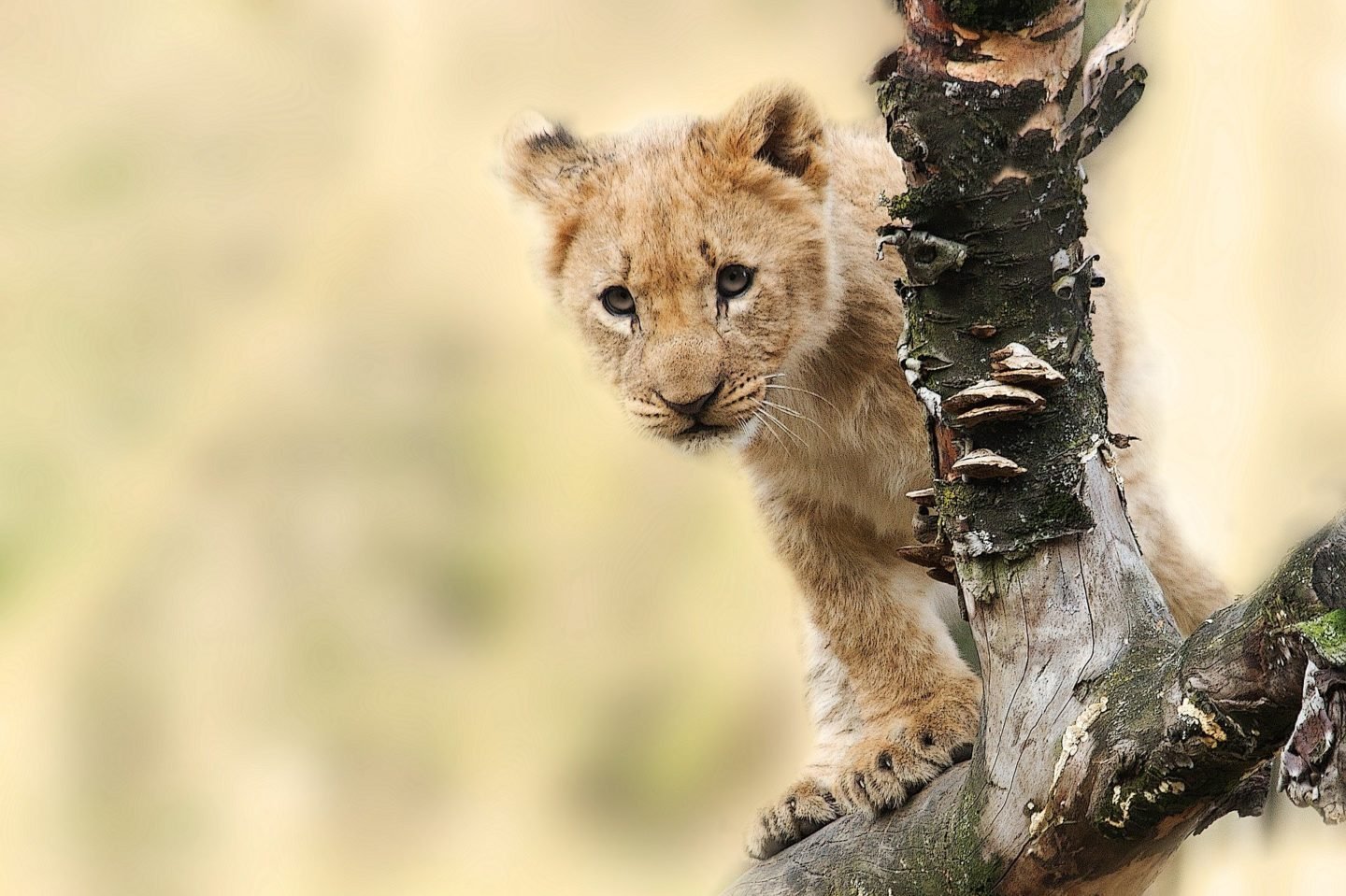
Tanzania is a beautiful country located in the south of the African continent, near Kenya and Ouganda. You should visit Tanzania at least once in your life, especially if you are an animal lover !
Wildlife, amazing culture, beaches, friendly people,Serengeti, Ngorongoro, Mt Kilimanjaro, Zanzibar Archipelago… Tanzania has all these and more in one adventurous, welcoming place !
Best time of the year to visit Tanzania
The best time to visit Tanzania and Zanzibar is anytime outside the rainy season from March to early May. June to September is dry season and the best time to see the Great Migration in the Serengeti. January and February also offer good options, outside peak season rates.

The best things to do if you visit Tanzania
Visit the famous Serengeti park
The famous Serengeti park is located on the Serengeti plain, in the north central of Tanzania. It partly join Kenya. You also have the beautiful Ngorongor conservation area at the north east
To get to the Serengeti national park, it’s quite easy. You first need to reach the Kilimanjaro International airport.
Most safari operators include the cost for the transfer from and to one of the two major airports. So they will pick you up at the airport and bring you to the park.
Rates and fees to visit the Serengeti park
If you are visiting Serengeti National Park with a safari package, the rates are most often included in the price. If it is not the case, here are the official prices :
- Adult (16 years old and over), non-resident, 60 USD per day
- Child (5 to 16 years old), non-resident, 20 USD per day
- Children under 5, non-resident, free
The prices exclude VAT.
Choosing the best time to visit depends on which part of the park you plan to visit and what you want to do.
- For game viewing: the best time is between June and October. It is the dry season and the sparse vegetation allows the animals to be spotted easier than during the wet season.
- For wildebeest migration: December to August, and also in November. They are gathering in the south from December to May, then crossing the Western Corridor from May to July. If you want to see them crossing the Mara River, it’s best to visit in July, August, and November.
- For birdwatching: November to April. It is the rainy season and the migrant birds come from Europe and North Africa.

Do a Safari at Ngorongo crater
Formed by the same immense geological upheavals as the Great Rift Valley, Ngorongoro was once a mountain as high as Kilimandjaro. About 3 million years ago, it blew itself to bits, covering the Serengeti in ash while the crater floor sank into the mountain. Today, the rim stands at 2,285 metres (7,497ft). The Ngorongoro Crater is the world’s largest complete volcanic caldera, with a diameter of about 18km (11 miles) and an area of 260 sq km (100 sq miles).
Into the crater
The truest indication of how busy the crater can get is that the two main access roads operate as a one-way system (the third, close to the rather isolated Sopa Lodge, is a two-way road effectively used by that lodge only). The crater is open between 7am and 6pm, and most people prefer to spend the whole day there.
The descent road twists down the western wall, near the Seneto Springs, used by the Maasai to water their cattle. The crater floor is a true Shangri-La, one of the most densely crowded game areas in the world, home to an estimated 30,000 animals what is absolutely amazing. Because it is enclosed and the flat crater floor is largely made up of open grassland, it is easy to police, with the result that this is a stronghold for endangered species including black rhino and, increasingly, cheetah.
There are no giraffe, topis or impala in the crater – they find it too difficult to negotiate the cliffs, and there is insufficient grazing for large herds of antelope. The usual prey animals are wildebeest, zebra and buffalo. It is easy to spot and track a hunt across the open plain. The crater is thought to support the world’s densest populations of lions and spotted hyenas, and it is here that researchers first realised that, contrary to popular perceptions, lions will scavenge hyena kills as often as theirs are scavenged by hyenas. Cheetahs are also quite commonly seen on the crater floor, but leopard sightings are rare. The crater is also probably the best place in Tanzania to see the golden jackal, a close relative of its more common blackbacked and side-striped cousins.
Fees and taxes to visit the Ngorongo crater
- Adults : 59$ per day
- Children from 5 to 15 : 23,60$
- Baby, free.
You can find more informations about the Ngorongo crater here.
Where to stay in Tanzania ?
If you are planning to visit the parks and you are looking for an accommodation, you need to know that there are many options. Most of them are “lodges” in parks. You can find different lodges, but in a general way it is quite expensive (around 200$ per night).
Visit Zanzibar

Zanzibar is a wonderful island located near Tanzania. If you are visiting Tanzania you should book a few days in Zanzibar. This tiny island offers you beautiful beaches !
If you’re looking for a quiet white sand beach with a laid-back vibe, local village life, perfect sunrises, warm ocean water, a good scattering of places to eat and that feeling of being in paradise, Jambiani is the place to go.
There are probably 20 or so accommodation options to choose from along the three kilometers of Jambiani beachfront, ranging from inexpensive, basic rooms in a simple house (around $25 USD per night) to nicer guesthouses with tropical settings and more comfortable rooms (around $50 per night) and all the way up to fancier bungalows and hotels for $90 – $200 USD per night.
